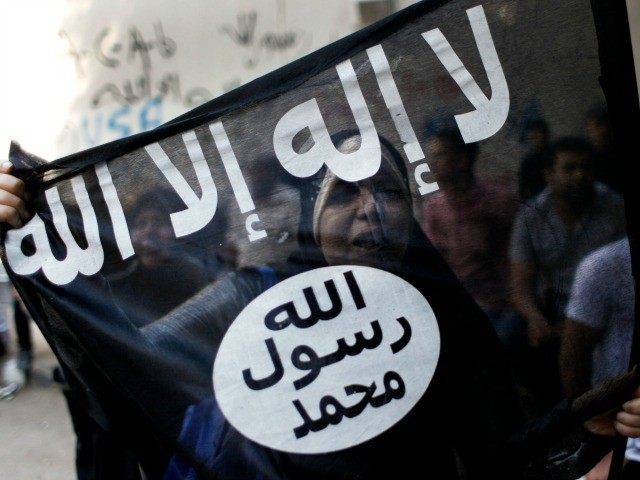An investigation by Vocativ has found the Islamic State releases what they describe as “softer” propaganda in areas they captured or want to capture, instead of more well-known videos of slaughter and executions that are intended for a Western audience.
“They’re the first terrorist group that aren’t interested in [just] fighters, they want families to come,” explained Patrick Skinner, the director of special projects at The Soufan Group, a strategic consulting group that advises the government. “They need women and children, they believe they have a state, they now need a future. A lot of people are going there just to live in the caliphate.”
In one video, it shows children at a mall and amusement park in Dijla City, which is north of Mosul. From Vocativ:
As they enter the gates, a man with a small microphone meets them with a standard Muslim greeting before asking: “How do you find the spring here in the Islamic State?” The answer, from all, is the same: “Very good, thank God.”
Several men are interviewed in the video. (Women are barely glimpsed in the background.) They say everything is different now and so much better. There is chanting in the background, and happy faces everywhere. The meaning is clear: the mall, once enjoyed by Iraqis who came from across the country’s northern region to delight in the rides and candy, is now one of the perks enjoyed by citizens of the Islamic State.
Vocativ investigated over 570 videos between January 21 and February 28. The majority of the videos “were directed at ISIS centers of gravity rather than the world at large.” Since they own more land in Iraq, the majority of the videos are aimed at Iraq. Syria is a close second. Libya and Egypt are farther down the list. These videos are released “by official media wings for ISIS in individual provinces” and online channels Al-Furqan and Al-Hayat release the international videos.
“They send out a lot of pictures of harvesting wheat in Aleppo,” described Skinner. “They have something called the social services committee, and that’s designed both for the internal but it’s also designed to encourage people for hijra [to travel].”
ISIS also makes it easy for people to view the videos. Skinner said the videos are not large files, which allows people to play them on cellphones or internet cafes.
The Islamic State captured Mosul in June 2014. On March 5, the terrorists released a tourism brochure that advertises the alleged high quality of life. Militants also released videos with British hostage John Cantlie. The video, titled “Inside Mosul,” also portrayed life in Mosul “as business as usual.” He said that Muslims can finally walk the streets without fear of oppression, even though Muslims and Christians lived peacefully among each other for over 2,000 years.
“It’s not a city living in fear as Western media would have you believe,” he said. “It’s just a normal city going about its daily business.”

COMMENTS
Please let us know if you're having issues with commenting.